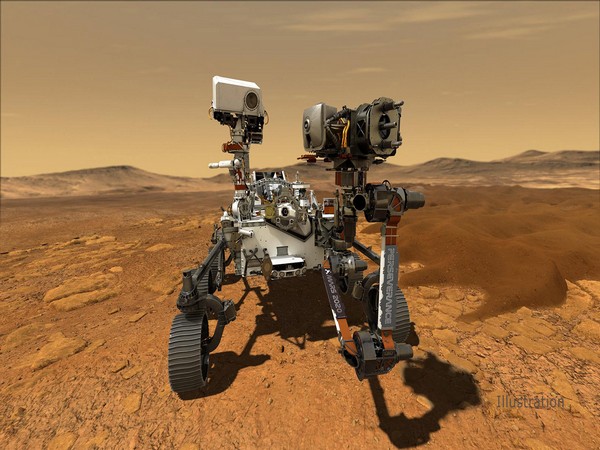NASA: The U.S. is planning to build nuclear reactors to generate energy and work on the surfaces of Moon and Mars to carry out future space explorations. On Friday, NASA along with Idaho National Laboratory, put out an official request from the private sector to discuss ideas on how to carry this out and to build a ‘Nuclear fission surface power system’ which would make it possible for humans to survive for longer durations in the space.
NASA, The Idaho National Laboratory and Nuclear Reactors.
The Idaho National Laboratory is a nuclear research facility in Boise city, Idaho state. The U.S. contractor, ‘Battelle Energy Alliance’, manages the Idaho Laboratory. NASA and the Idaho lab will assess the ideas submitted by the private sector to make the reactor.
The Nuclear Research lab has been working on advanced reactors. Some reactor can operate without water for cooling. Water-cooled nuclear reactors are the vast majority of reactors on Earth. Some reactors are micro reactors which, they say, can provide energy on Moon and Mars to carry out many space exploration missions.
In August, The Energy Department, NASA and Battelle Energy Alliance, are planning to hold a government-industry technical webcast meeting regarding the expected outcomes from the proposed program.
NASA and Idaho National Laboratory have a history. In the summer of 2019, NASA announced a mission to the surface of Titan: Dragonfly, which they schedule to launch in 2026.

Dragonfly Drone rover
The Program: Generation of Energy on Mars and Moon for ease in space explorations
The Program has two phases, which they expect to get completed by the end of 2026.
- Developing a Nuclear Reactor design.
- Building a test reactor, building a second reactor to send to the moon, and developing a flight system and a lander to place the Nuclear reactor up to the moon.
Requirements for the Nuclear Reactors to work in Space
NASA would develop multiple linked reactors to fulfill the power requirements of the reactors to work in the space, on the moon and Mars.
- The weight of the reactors should not exceed 3,500 Kilograms (7,700 pounds).
- The reactors must generate a constant electricity output of at least 10 kilowatts
- The reactor should run for at least ten years.
The Energy Department, NASA said that, they plan to carry out the exploration in the southern polar region of the moon but the specific area to set-up the Reactors on The Mars is undecided as of now. The scientists say that operating a Nuclear Reactor on The Moon would be the first step towards building enhanced versions of Nuclear Reactors which could further operate in the unique conditions found on The Mars.
International concerns about the Program
Edwin Lyman is the director of the nonprofit ‘Nuclear Power Safety at the Union of Concerned Scientists’. He says that his organization is apprihending about the consequences of carrying out this program. This is because the specifications of the plan and the timeline to accomplish the tasks mean that the reactors are likely to use enriched uranium, which can also make disastrous weapons.
Many countries have been attempting to reduce the amount of enriched uranium being produced for this reason. “This may drive or start an international space race to build and deploy new kinds of Nuclear reactors which will require highly enriched uranium,” Edwin said.
Most recent Space missions related to Mars
- The United Arab Emirates launched an orbiter to Mars from Japan- The Hope Mission.
- China launched an orbiter, lander and rover.
- U.S., which has already landed rovers on Mars, is to send another rover on Mars next week.

Mars Rover scheduled by NASA to launched on July 30, 2020.
Read more about Idaho and its Missions here.
Visit this page to see NASA’s scheduled Missions by date.